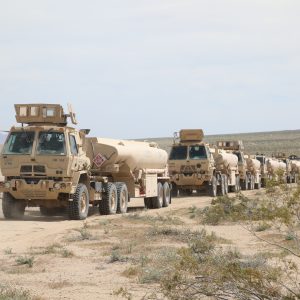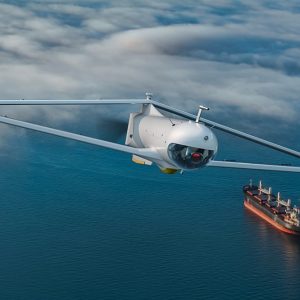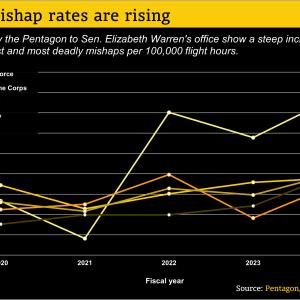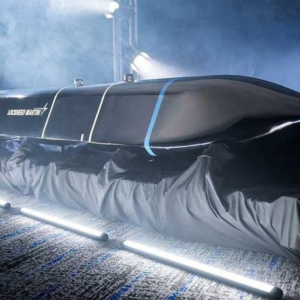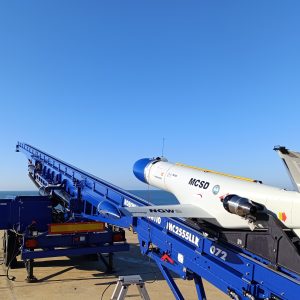Europe defence readiness against Russia is back on the agenda after the French Institute of International Relations (IFRI) released its Balance of Power Review. The study says Europe has the industry, technology and economy to deter Russia by 2030. However, progress depends on political will and a coherent defence‑economic strategy.
Key Facts
- As of 2025, 20 of 30 European NATO/EU states have professional ground forces under 15,000 troops.
- Missile orders sit in the low hundreds for offensive systems and low thousands for air and missile defence interceptors—insufficient for sustained high-intensity combat.
- Europe holds advantages in aerospace and maritime domains but faces gaps in long‑range fires, air defence and mobility on land.
- Europe’s security rests on two pillars: sustained US commitment to NATO and Ukraine’s battlefield resilience.
Why the land domain remains Europe’s critical weakness
According to IFRI, Europe is strongest in the air and at sea. By contrast, land forces lack depth, ammunition and key enablers. Many armies also face manning gaps and maintenance backlogs. As a result, combat power fades after the first surge. Russia’s practice of mobilization, and its tolerance for attrition, magnify that imbalance.
The headline data point is stark: 20 of 30 European NATO or EU members field fewer than 15,000 professional soldiers. Apart from frontline states that can mobilise reserves, most could generate only a battalion or two for operations abroad. In practice, large formations would rest on a handful of countries—France, the United Kingdom, Germany, Poland, Italy and Spain.
Readiness therefore turns on two tasks: rebuild land‑warfare mass and secure the munitions to sustain it. Artillery shells, long‑range strike and air‑defence interceptors are the pacing items for credible reinforcement on NATO’s eastern flank.
Industrial reality check: missiles, munitions and the ‘salvo’ problem
IFRI argues that Europe’s defence industry has not yet turned bigger budgets into a real surge. Post‑Cold War “low‑rate” habits persist, especially in missiles. Average annual orders sit in the low hundreds for offensive weapons and the low thousands for air and missile‑defence interceptors. Against Russia’s expanding long‑range strike arsenal—and its mixed salvos—those volumes remain insufficient.
Europe defence readiness against Russia must also fix ammunition economics. In a salvo contest, defenders fire several interceptors at each attacker. Even 1,500–2,000 interceptors per year would not offset Russian salvos of 2,000–3,000 long‑range missiles. Consequently, allies need larger multi‑year orders, assured funding and common specifications to unlock scale.
Closing the gap requires re‑pricing readiness: pre‑funded framework contracts, common stockpiles and targeted capacity in energetics, fuzes, rocket motors and seekers. Moreover, streamlined export controls and predictable offtake should give firms the confidence to invest.
Aerospace advantage, ground enablers missing
European air forces keep a clear edge in fighter numbers, training and sustainment. However, the force still needs more SEAD capacity, standoff munitions and affordable, layered air defence to sustain that edge. Otherwise, Europe may gain temporary air superiority that it cannot fully exploit.
On land, readiness is constrained by gaps in engineering, electronic warfare, medical support and tactical logistics. Military mobility—moving heavy units across borders at speed—also lags. These enablers are less visible than tanks or jets; however, they decide whether brigades can fight, rearm and manoeuvre under fire.
Strategy: from budgets to a defence economic plan
More money alone will not suffice. IFRI calls for a defence‑economic strategy that links political intent to industrial execution. This means consolidated demand signals, synchronised tenders and long‑horizon buys that reward capacity, not only unit price. Readiness improves when allies minimise bespoke variants and adopt interoperable munitions families to cut lead times.
Operationally, Europe should lean into its strengths. Air and maritime superiority can shape the theatre—degrade Russian air and missile defence, interdict logistics and secure sea lines. Meanwhile, land forces should prioritise long‑range fires, air defence and counter‑UAS effects to blunt mass while depth is rebuilt.
Ukraine’s experience is now a core European asset
The report frames security on two pillars: continued US commitment to NATO and Ukraine’s battlefield success. Integrating Ukraine’s lessons, training methods and combat‑proven command‑and‑control into European planning strengthens deterrence and speeds adaptation. In addition, structured co‑production with Kyiv, shared stockpiles and scalable training pipelines would lock in what already works.
Policy priorities for the next five years
1) Mass and munitions: Commit to multi‑year, multi‑nation orders for artillery shells, precision strike and interceptors, including common specifications and pooled reserves. Make readiness a funded requirement, not a planning assumption.
2) Mobility and sustainment: Fund railcars, bridges, ferries and border procedures that move heavy units in hours, not weeks. Expand repair echelons, medical support and energy‑resilient logistics to keep brigades fighting.
3) Offset strategy: Exploit aerospace and maritime advantages with SEAD, electronic attack, and maritime interdiction while land forces rebuild depth. Europe defence readiness against Russia depends on combining quality in the commons with survivable mass on the ground.
4) Integrate Ukraine: Formalize training, doctrine exchange and co‑manufacturing to accelerate adaptation and replenish stockpiles with combat‑validated designs.
5) Hybrid resilience: Move from reactive to proactive counter‑coercion: disrupt hostile influence networks, harden critical infrastructure and raise the cost of cyber and covert action.
Bottom line
IFRI’s review is blunt: Europe can meet the Russia challenge by 2030 if strategy, resources and industry are aligned. Readiness should be measured by how quickly budgets become stockpiles, mobility and deployable mass—supported by an industrial base sized for a long war, not a short crisis.
The alternative is a structural disadvantage on land, offset only by hope that air and sea strengths will compensate. History suggests hope is not a plan.
Internal link: For context on Europe’s space‑industrial consolidation, read our analysis of the Airbus–Thales–Leonardo space merger.
External source: See IFRI’s full report summary here.


